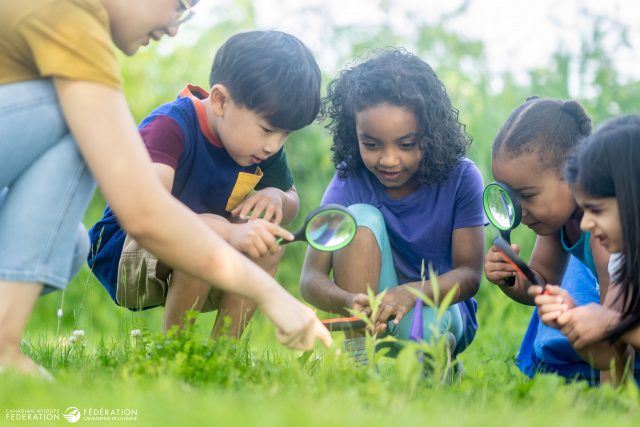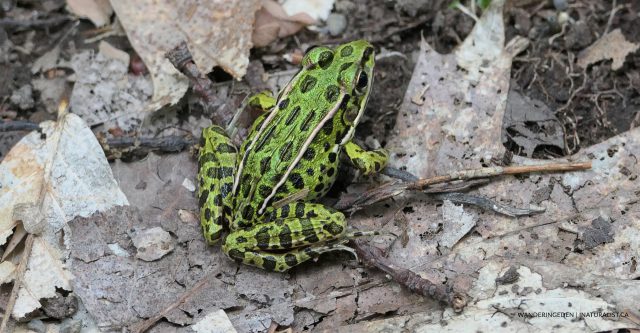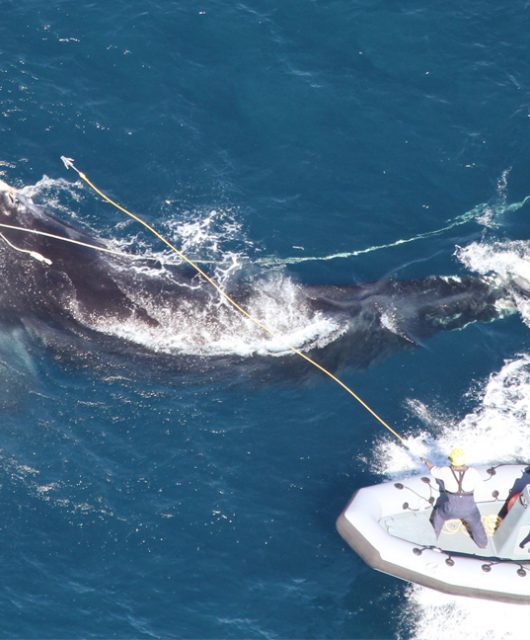By November, the leaves have changed colour and most migratory birds have made their way south.
But even as the air cools, the natural world is buzzing online. Thousands of people in Canada are out with their phones and cameras, documenting plants and animals on iNaturalist, a global community science platform.
It’s About Connection

The Canadian Wildlife Federation’s Great Canadian Bioblitz, held each fall, shows the scope of what is possible when harnessing the power of iNaturalist. This year, over the course of one week, participants logged more than 97,000 observations, spanning over 7,000 species, with help from over 2,500 identifiers and 1,944 observers. These aren’t just statistics; they’re pieces in the vast puzzle of biodiversity.
And what are iNaturalist Canada users most likely to spot while out in the field (or backyard) throughout the year? The current animal champions are some familiar faces: the Mallard, Canada Goose, American Robin, Monarch Butterfly and Black-capped Chickadee. The most observed plants include Common Yarrow, Red Osier Dogwood, Common Milkweed, Bunchberry, and Fireweed. Not to forget our most observed fungal friends: False Turkey-tail, Northern Red Belt, fly agaric and Dryad’s Saddle.
At first glance, these may not sound like rare treasures. A Canada Goose, really? But here’s the beauty: iNaturalist isn’t just about the elusive or endangered. It’s also about connection. Every observation of a Mallard quacking at a city pond and every chickadee flitting through a winter feeder is a point in time when someone has stopped to notice and connect with nature. The bonus is it also contributes to a dataset that scientists can use to track changes in populations, migration timing and even responses to climate change.
And then, occasionally, something extraordinary happens like the discovery of entirely new species. In 2020, a beautiful new butterfly species was discovered in Ecuador by an observer on iNaturalist! Closer to home, we have more than 900 species with only one recorded observation of them in Canada and they are not recorded anywhere else in the world on iNaturalist. (Actually, thanks to the iNaturalist community, 65 of these now have two or more observations!) These moments are small sparks of ecological joy, the kind of surprises that keep scientists and community scientists alike checking their feeds.
Some species evade notice in remote pockets of forest or wetland. Others blend into the everyday so seamlessly that we forget to look. iNaturalist changes that equation by mobilizing thousands of curious eyes.
A Collective Search Party

Imagine stumbling upon a wildflower like the Ghost Pipe, tiny but incredible, or spotting a Common Redpoll during its fall migration. Each click and each upload become part of a collective search party for biodiversity. The question we should be asking isn’t “Can we find missing species?” but more so “What will we notice today?”
Plants like Common Milkweed and Fireweed are not just common finds; they’re ecological keystones. Milkweed, for example, is critical for Monarch caterpillars which can’t survive without it. By tracking where milkweed is thriving (or declining) observers contribute directly to conservation efforts for Monarch Butterflies, one of our most iconic migratory and endangered species.
Likewise, Fireweed, with its brilliant magenta blooms, often appears after disturbances like wildfires, offering a hopeful and beautiful sign of renewal. Every observation adds to a living photo library of resilience.
Data Driven Optimism

In a world where biodiversity loss often dominates the headlines, the exciting energy of iNaturalist offers something different: data-driven optimism. When thousands of people notice, photograph and share, we start to see patterns we’d otherwise miss. Those patterns might point us toward a “missing” plant rediscovered in an urban park or hint at an animal shifting its range as the climate warms.
You don’t need to be an expert to join the search. Whether you’re chasing butterflies across a meadow, photographing dogwood berries in a woodland edge, or just admiring the cheeky hop of an American Robin in your yard, you’re contributing to something much bigger.
So, can we find missing species? With the collective curiosity of hundreds of thousands of people across Canada, and the five familiar birds, beloved plants and friendly fungi leading the way, the answer is a resounding ‘maybe’. And ‘maybe’ is enough to keep us observing, capturing and sharing. Because who knows? The next “lost and found” story could begin with you and your smartphone.





